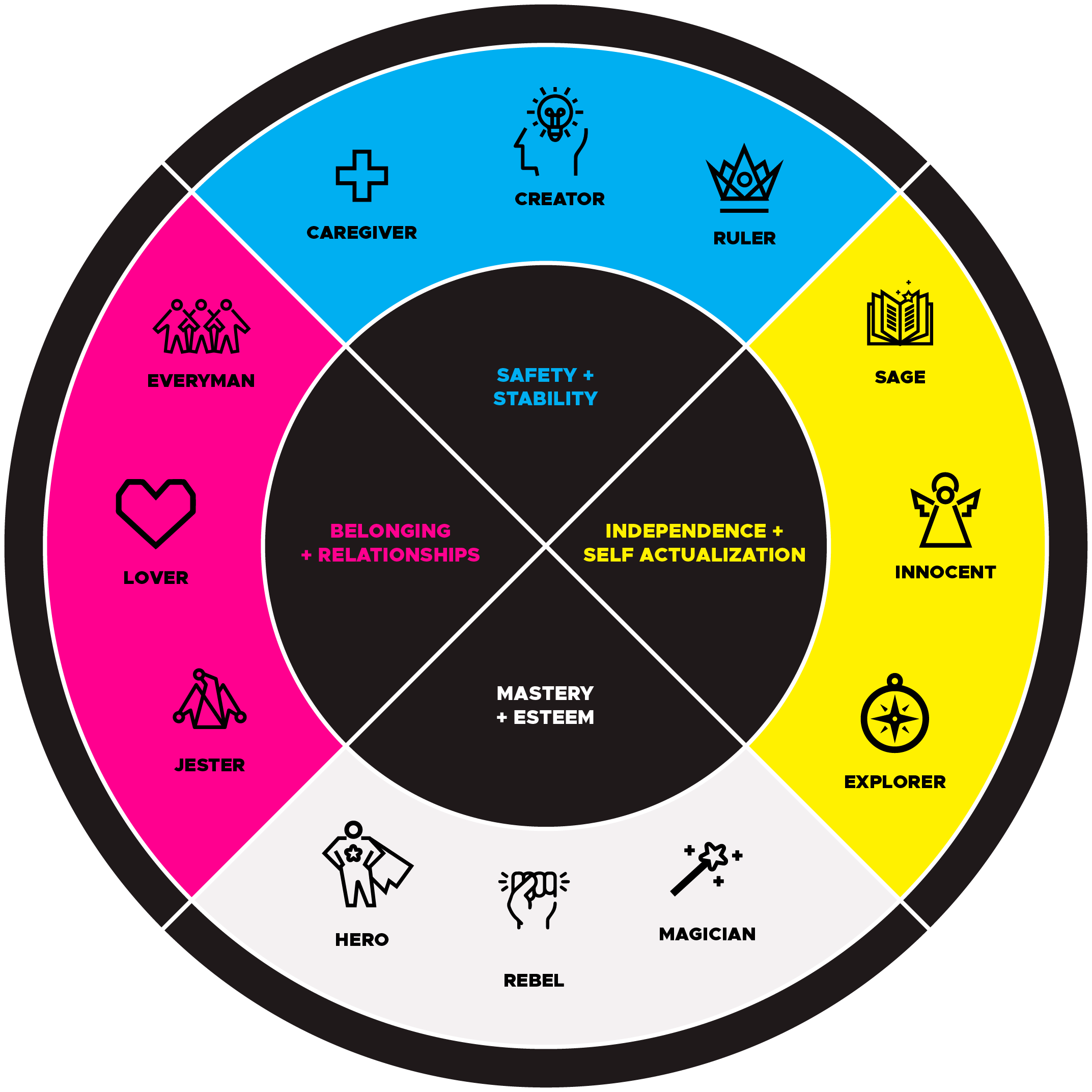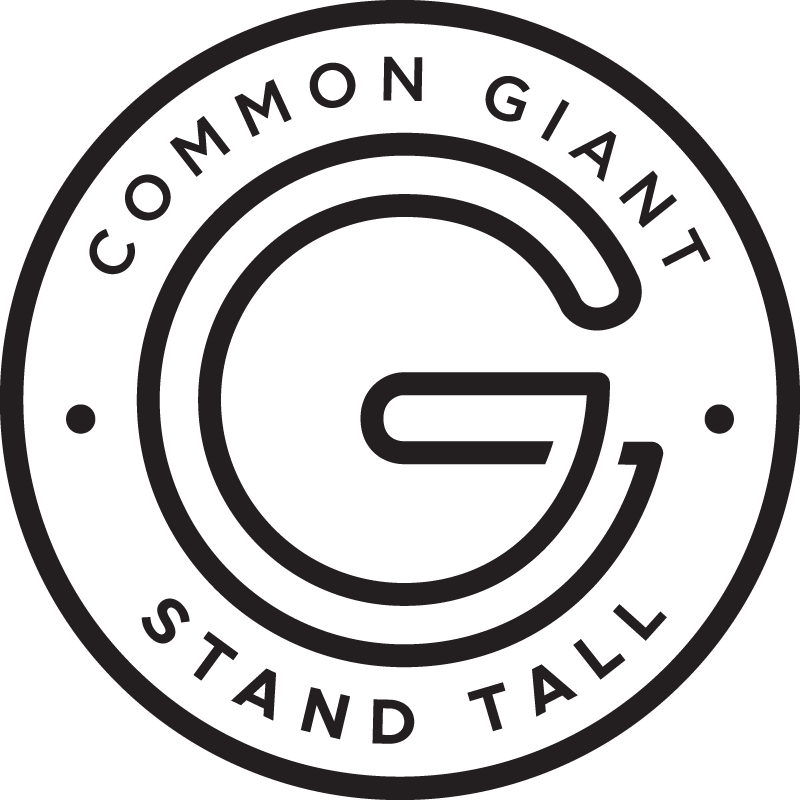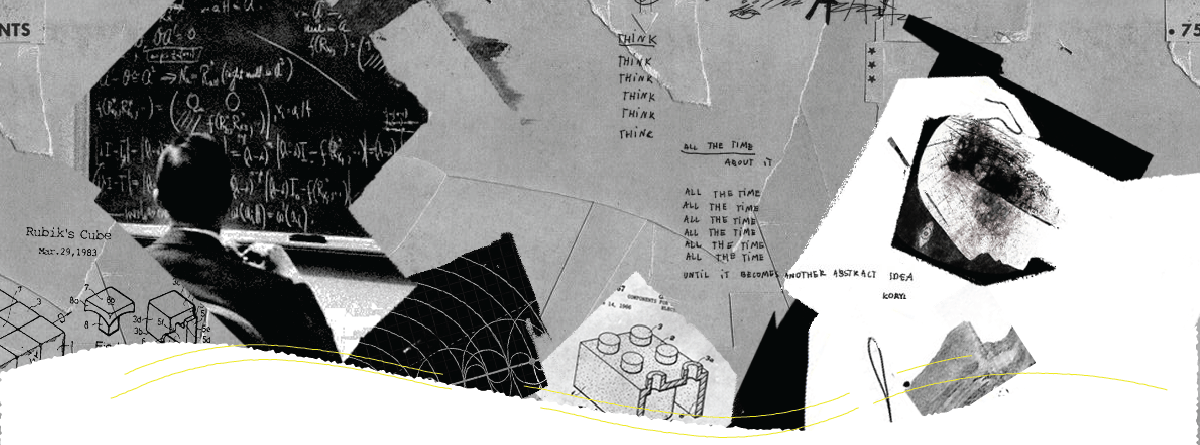Blog
What Is a Brand Archetype?
#03
What Is a Brand Archetype
The Ego to Your Business's Id


Brand Archetypes 101
If you’ve spent much time around anyone who specializes in branding, you’ve likely heard about the brand archetypes.
These are commonly found archetypes, such as the Hero, the Jester, the Rebel etc., used to characterize a brand. For instance, Disney often expresses the Magician archetype in its brand by emphasizing imagination and eliciting feelings of wonder and magic.
So why are these useful and why do branding agencies (including ours) use them?
First, a Bit of Psychology
To understand where the archetypes came from, we must look at the work of the Swiss psychiatrist Carl Jung. One of Jung’s most influential theories was that there existed a set of archetypes based on patterns of thought and behavior. These were recognizable in stories, myths, religions, and histories across the globe and in every culture. These archetypes informed so much of human experience that Jung posited they were universal and stemmed from a collective unconscious. In other words, no one created the archetypes. We inherited them through shared human experience.
How did an early 20th century psychology theory become a potent branding and marketing strategy?
If branding’s purpose is to persuade you to make a decision (i.e., identify with this company so that you will choose their product or service), archetypes speak to both our conscious and unconscious minds, moving us toward a decision. Put simply, archetypes help humanize a business. Since they are inherently universal, we recognize and relate to archetypes instantly. Complex entities like corporations and businesses become something simple and approachable.
But from a branding strategy standpoint, expressing an archetype doesn’t only appeal to audiences, it also creates a framework for marketing decisions.
Brand Archetypes You’ve No Doubt Encountered
Consider massive brands like Disney and Apple. These monstrous corporations cultivate personal relationships with their audience by establishing their identity as an archetype. For Disney, it’s the Magician. Every piece of branding that comes from Disney creates the feeling of magic and wonder. The iconic logo is a fairy tale castle. The movies the company produces are meant to be transportive and immersive. The theme park is constructed so that you literally feel you are entering a new world.
Apple’s brand, on the other hand, is the Innovator or Creator archetype. Their technology often sets a new standard and shifts the cultural paradigm. (Remember when we all had flip phones?) Their logo is sleek, clean, and instantly recognizable. Their stores are minimalist, uniform, and create the sense you have stepped into an optimistic future where technology is ubiquitous, helpful, and fashionable. (Whether or not this is true is certainly up for debate, but the brand's message is clear.)
These are two of the more obvious examples with overt and exciting archetypes. While not all archetypes may seem as “cool” or interesting as these, even ostensibly simpler archetypes are extremely advantageous when it comes to branding. There’s no “bad” archetype so long as your brand can embody it with a sense of authenticity.
Take for instance the Citizen archetype. By definition this archetype is meant to seem common and unassuming. However, many of the most beloved and successful brands, such as Ikea and Target, have embodied this archetype with great success. Target is accessible, approachable, and offers a wealth of everyday items, making routine shopping experiences pleasant. Ikea, despite the foreign-sounding name and concept, has seen huge success in the U.S. because its brand is so appealing to the middle class. There’s even a psychological phenomenon named after the company’s brand strategy.
We’ve Barely Scratched the Surface
Jung asserted there was an infinite number of archetypes. For the purposes of marketing, we stick to what have become the 12 most common archetypes. Most brands, however, embody a combination of archetypes with one dominant type. Looking back at the examples of above, Disney is the Magician archetype with more than a little of the Innocent mixed in. Ikea is a Citizen but also something of an Innovator and Creator. Apple is the inverse, a Creator who is also a Citizen. When establishing your brand’s archetype, it is important to understand which is dominant and which combinations of the others your brand expresses. But this is just the beginning. If your brand needs an identity, explore the various options Common Giant offers when it comes to branding workshops. From simple exercises to get you started, to the whole discovery process, we’ve got you covered.

